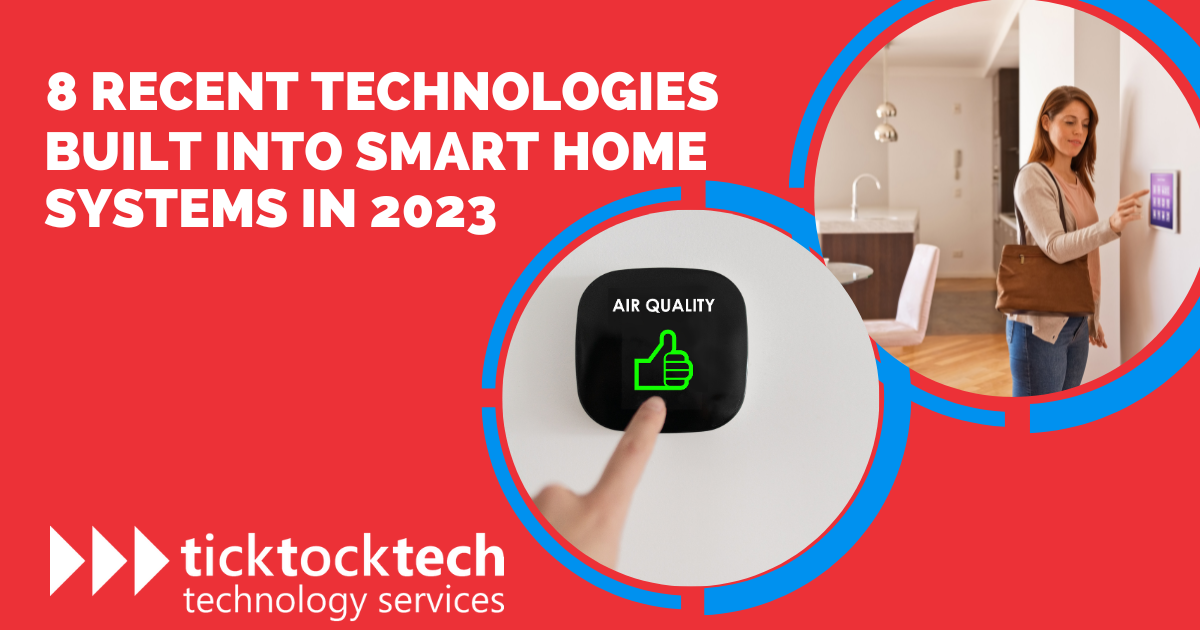Smart technology with artificial intelligence is incorporated into many known technological systems. Especially, home tech is becoming smart and easy to use. No, their basic functions are not affected, more functions are being added. The steady rise in the advancement of artificial intelligence paves more way for these incorporations. Additional functionalities include integration with other home accessories, working with AI assistance like Siri, or Alexa; voice, app, and gesture control, and many more functionalities. Smart home systems cover every area of the home, with different purposes served by each. We have smart home security systems, bulbs, sound systems, thermostats, sensors, smart cleaners, and many others. Let’s have a look into what 8 technologies have been added to the smart home system In 2024.
Related: Smart home gadgets and how they work
1. Voice and App Command
With voice command technology, you can speak orders to speech-enabled assistants like Apple Siri, Google Assistant, or Amazon Alexa to operate your smart home appliances. When awakened by a specific wake phrase, such as “Hey Siri” or “OK Google,” these devices begin to respond to voice commands. Once on cloud servers, the voice commands are examined and matched with the necessary actions. These assistants comprehend your instructions and carry them out through natural language processing and speech recognition technologies.
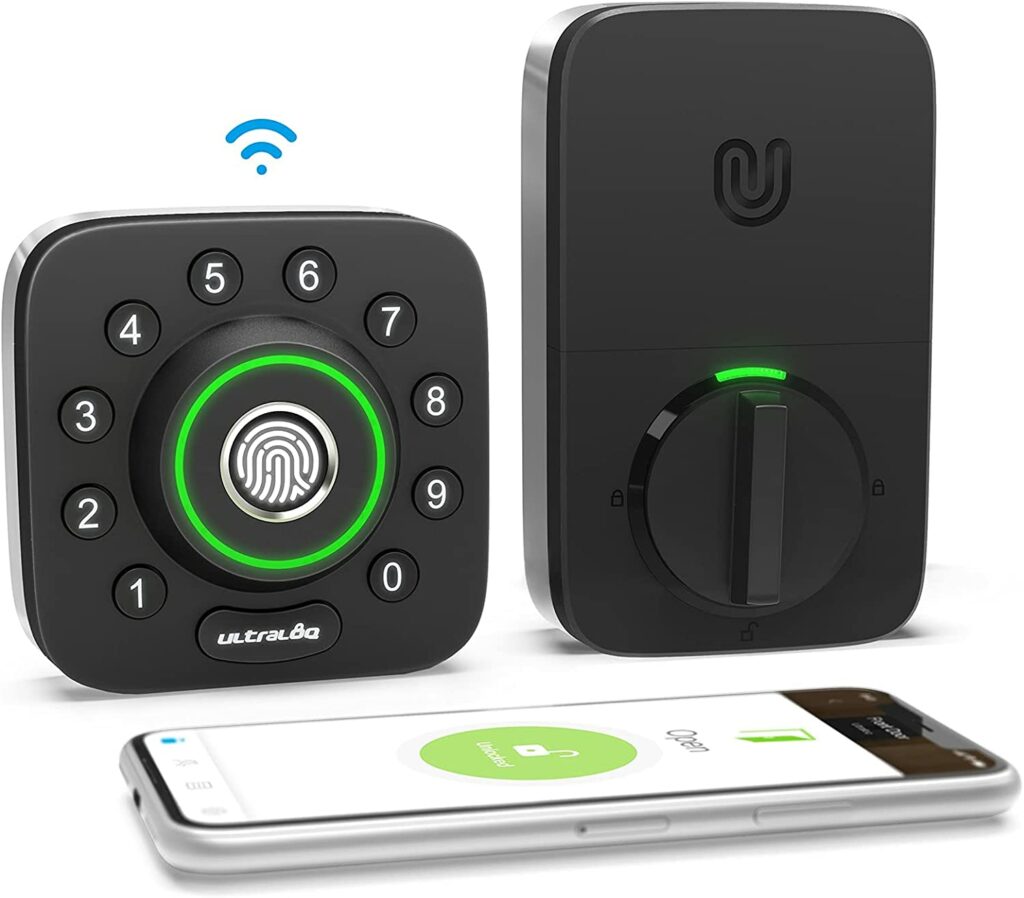
Related: 10 Best google smart home gadgets
Through specialized mobile applications offered by device makers or smart home platforms, app command technology enables you to control and manage your smart home devices. You can receive notifications from your smart home devices, change settings, plan automation routines, and remotely monitor device status through the app. Through Wi-Fi, Bluetooth, or other wireless protocols that the devices can support, the app connects with the devices. As long as you have an internet connection, you may use this to operate your smart home appliances from any location.
2. Smart Home Integration
This technology makes it possible for gadgets from many manufacturers to cooperate and communicate with one another, improving the smart home ecosystem’s overall functionality and ease. Along with influencing other smart home ecosystems like Apple HomeKit or Samsung SmartThings, this technology also enables interoperability with well-known speech assistants like Amazon Alexa or Google Assistant.
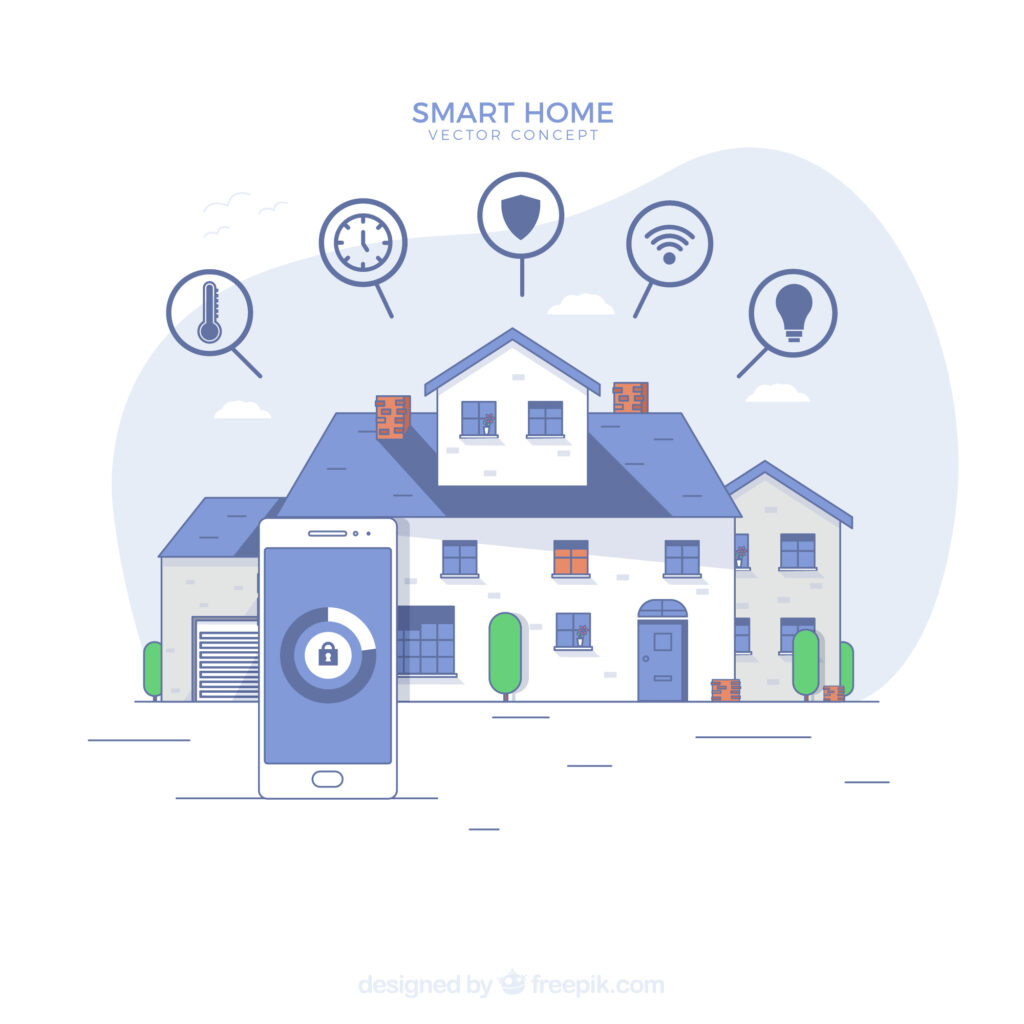
See Also: What Smart home devices work with Apple
The technologies and established protocols used in smart home integration allow for the communication and information exchange of devices. Wi-Fi, Zigbee, Z-Wave, and Bluetooth are the most popular protocols used for smart home integration. These protocols enable devices to establish a connection with a central hub or gateway that acts as a command center for organizing and managing device interactions.
Smart home integration process
Integration of a smart home is a multi-step procedure. The central hub or gateway first locates and scans all eligible devices in its vicinity. Once registered with the main hub, these devices form a network of interconnected devices. The devices create communication channels with the central hub and other attached devices through specified protocols, allowing them to share data and issue commands.
Users can control and automate a variety of functions after the devices are integrated based on their preferences. This can be carried out through voice commands, mobile apps, or pre-planned routines. When leaving or returning home, for instance, users can set up scenes or routines to concurrently modify the lighting, temperature, and security settings.
3. Robotic Smart home
Robotic smart home technology describes how robotic devices are integrated into a smart home environment to carry out various duties and operations. They are an essential component of the smart home experience since they are built to carry out tasks on their own or in response to user directions. These robotic machines run using a combination of connectivity, algorithms, and sensors.
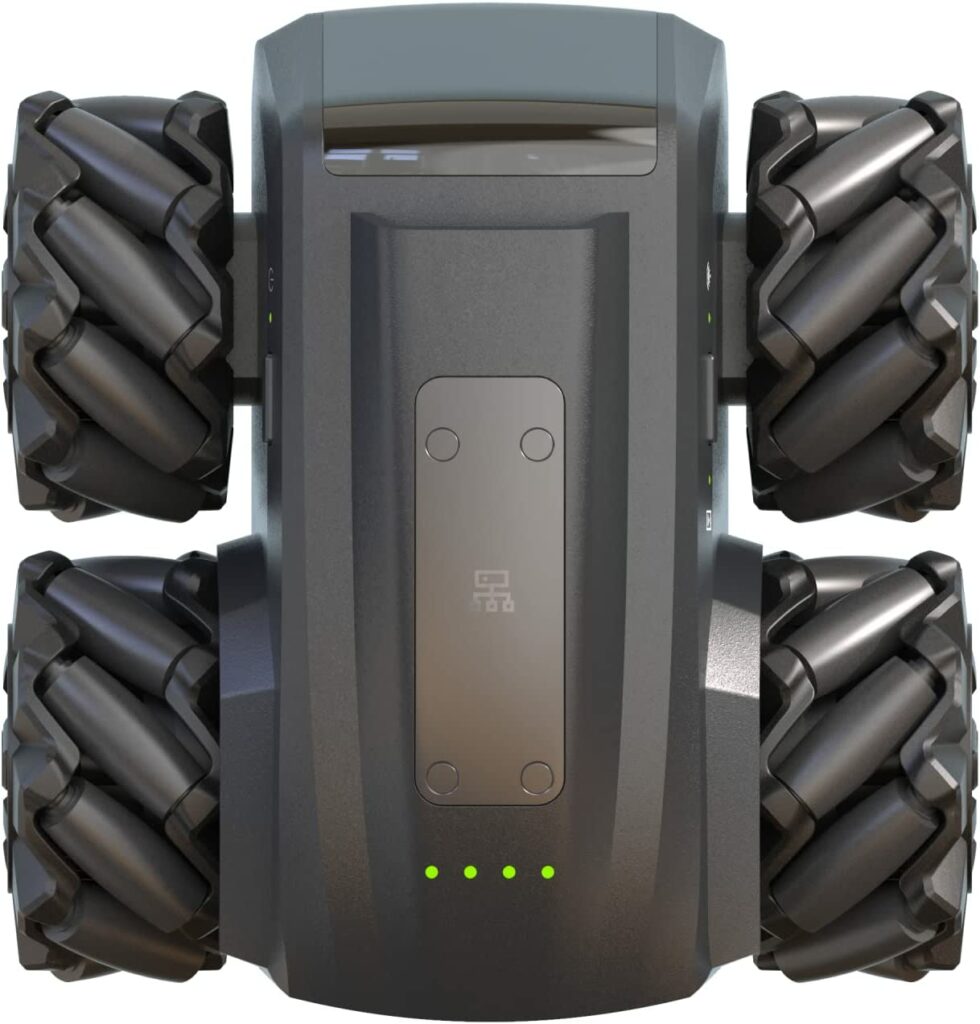
Related: Best Cheap Smart home gadgets
They use sensors to observe their surroundings and receive information about barriers, distances, and object detection. Examples of these sensors include cameras, infrared sensors, and lidar. The onboard algorithms and artificial intelligence systems use this information to process judgments and carry out actions.
These gadgets can take the form of personal assistants, robotic lawnmowers, window cleaners, or even robotic vacuum cleaners. Robotic smart home gadgets’ capabilities are constantly expanding thanks to the incorporation of cutting-edge technologies including mapping technology, device compatibility, object recognition, and machine learning algorithms.
4. Privacy Features Technology
Privacy technologies in smart home appliances protect the security and privacy of people within their homes. It addresses worries about information gathering, unlawful access, and privacy violations. These technologies operate in a variety of ways.
Related: How to Secure Smart home devices
Smart home devices employ data encryption methods to protect data transfer between the device and the linked network. This prevents unauthorized persons from intercepting or accessing the data. To confirm the identity of users, secure authentication procedures also utilize passwords, PIN codes, biometric authentication, and two-factor authentication to prevent illegal access.
Users can also tailor their privacy preferences using this security technology to suit their comfort level. The makers of security software also update it. To fix security flaws and improve privacy features, they regularly release firmware and software updates.
5. Home Automation Technologies
Smart home gadgets use home automation technologies to ease and streamline a variety of household chores and operations. These innovations increase convenience, automate routine tasks, and boost energy efficiency. They operate by connecting and managing numerous home systems and devices via a centralized hub or network.
IToenable automation based on specific situations or triggers, frequently incorporates sensors and cognitive algorithms. For instance, temperature sensors can change the thermostat based on ambient temperatures, and motion sensors can automatically turn on lights when someone enters a room.
By automating repetitive processes and giving users more control over various home systems, home automation technologies ultimately aim to create a more pleasant, comfortable, and effective living environment.
6. Security and Sensor Technologies
The ecosystem of the smart home includes a variety of sensors, detectors, and surveillance systems thanks to security and sensor technologies. Through door/window sensors, motion detectors, or glass-break sensors, they identify attempts at unwanted entrance or penetration. Through cameras and video monitoring capabilities, they allow homeowners to keep an eye on their property from a distance.

See: How to Secure your home with smart home security devices
In addition to warning householders and turning on sound alarms, they also detect smoke and fire. By spotting carbon monoxide gas, they guard against carbon monoxide poisoning. They keep an eye on environmental variables including air quality, humidity, and temperature to aid maximize energy use. They offer access control via keyless entry, biometric authentication, or smart locks.
7. Energy Optimization
By maximizing the use of energy-consuming appliances, energy optimization technology in smart home gadgets aims to cut down on both energy use and prices. With the use of this technology, smart home appliances may generate individualized schedules for energy usage. Data analysis and machine learning algorithms create these programs.
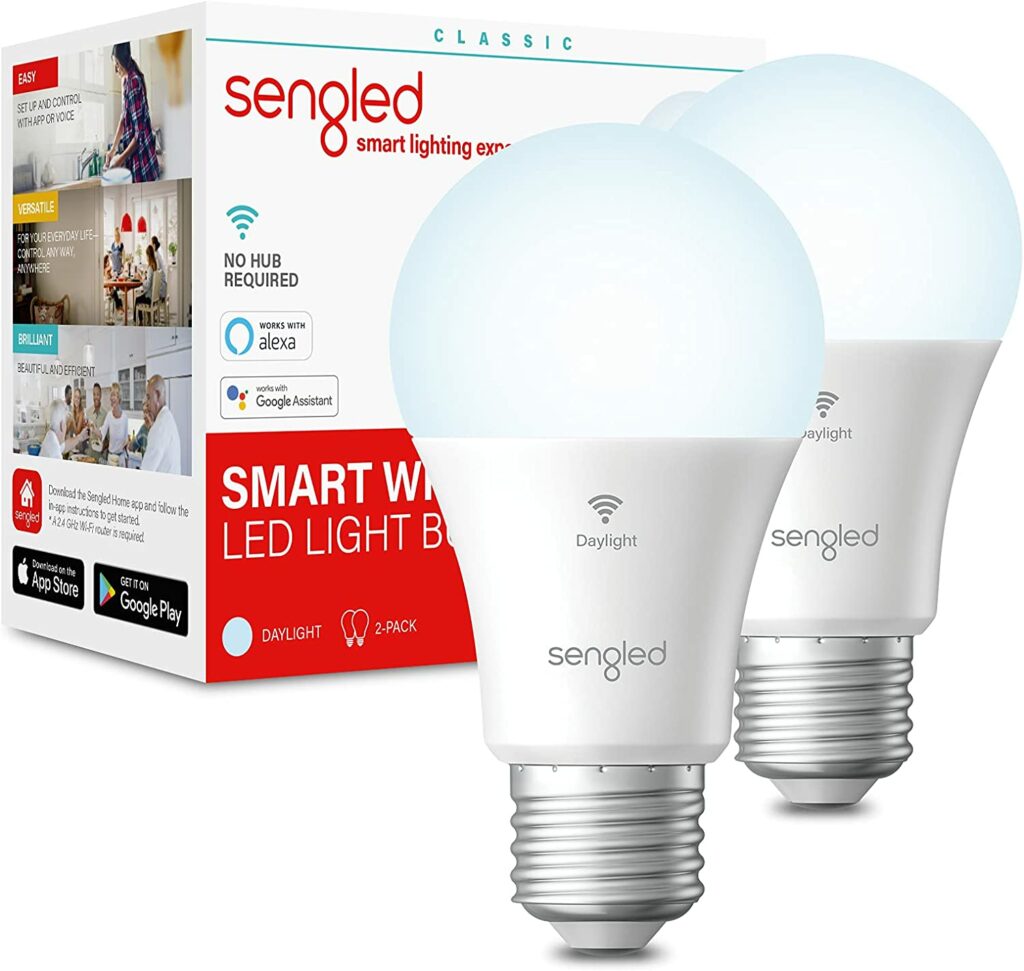
Automating the operation of equipment like lighting, HVAC systems, and appliances reduces energy waste and expenditures. The use of smart home devices to monitor energy usage in real time enables consumers to spot energy-guzzling appliances and make wise choices to reduce their energy usage.
This is another way. Further boosting energy efficiency, smart home appliances might also provide energy-saving settings or modes that modify device operation based on user preferences, ambient temperature, or occupancy.
8. Self Learning AI
These technologies use artificial intelligence algorithms to examine patterns and data, enabling the gadgets to reason and respond appropriately without direct user instructions. This data consists of user interactions, device usage trends, environmental parameters, and outside variables. AI algorithms process this data to discover trends, correlations, and user preferences. Smart home appliances may self-adjust their behavior, optimize energy use, and deliver individualized experiences based on the insights gathered.
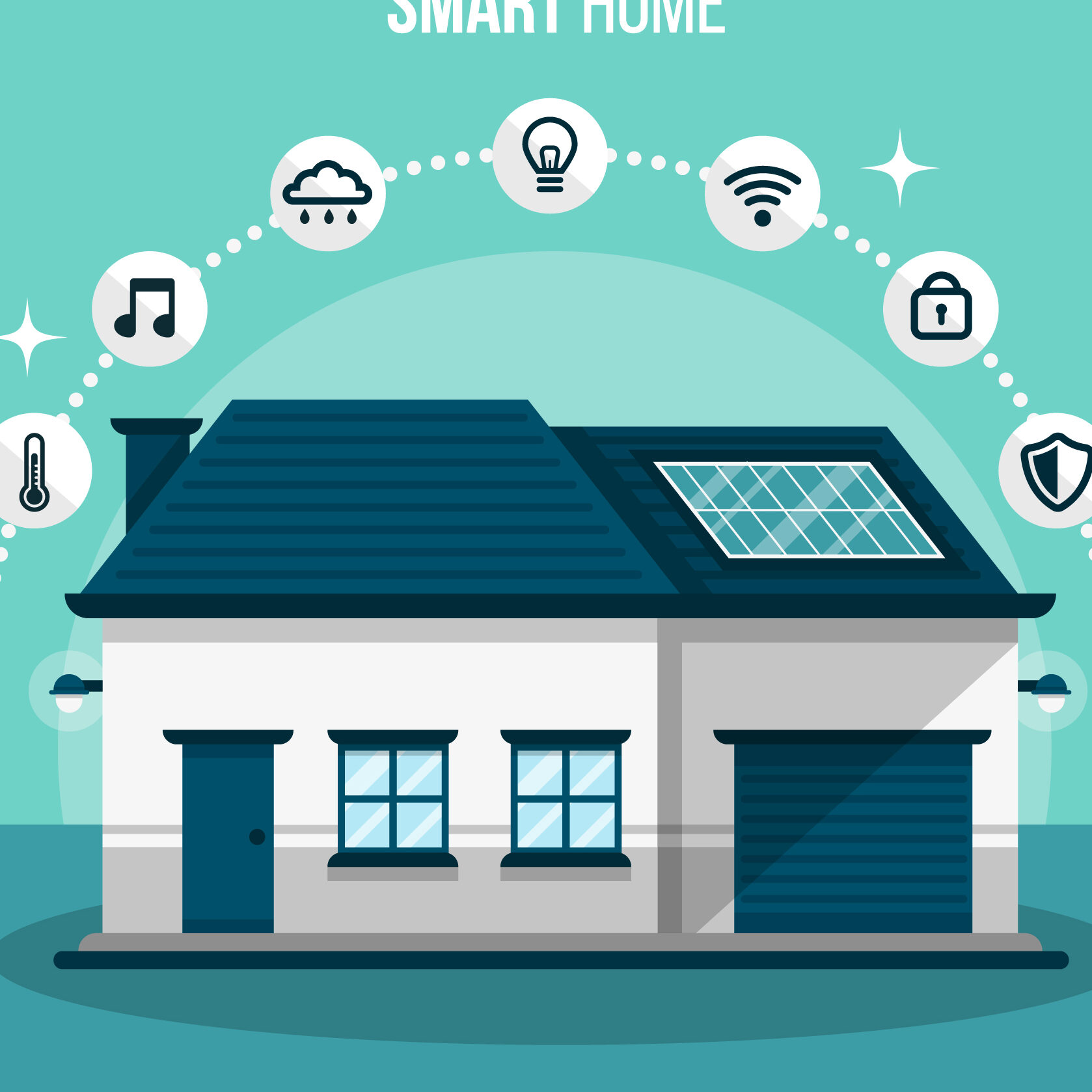
Related: Top 8 Thermostats for smart home
This will make them get better at predicting human requirements and preferences as the AI algorithms continue to learn and adapt. They can automate repetitive operations, make proactive suggestions for actions, and produce a more seamless and individualized smart home experience. A self-learning AI thermostat can adjust temperature automatically based on learned preferences for different times of the day. An AI lighting system can adapt brightness and color temperature based on learned user preferences for different spaces.
How have smart home systems changed in 2024 as a result of new technologies?
In 2024, smart home systems have advanced alongside new technology by becoming more intelligent, intuitive, and networked. AI and machine learning integration allows smart home systems to learn and adjust to user preferences, enhancing personalization and effectiveness. Voice control and IoT integration advancements enhance the seamless connectivity and operation of smart gadgets within the home.
What advantages will 2024’s cutting-edge technology have for smart home systems?
In 2024, smart home systems will benefit from the newest technologies in several ways. These include improved customization, remote access and control, energy efficiency, increased security and safety, increased convenience, simplified automation, and improved resource management.
Conclusions
In 2024, smart home systems have experienced significant advancements in technologies such as AI, machine learning, IoT, and voice control. These developments have led to more intuitive and interconnected homes, offering personalized experiences and optimizing energy efficiency.
Enhanced security measures ensure the safety of smart homes, while remote monitoring and control capabilities provide convenience and ease of use. The integration of renewable energy sources promotes sustainability. As smart home technologies continue to evolve, they will further transform our living spaces and redefine our interactions with our homes.

